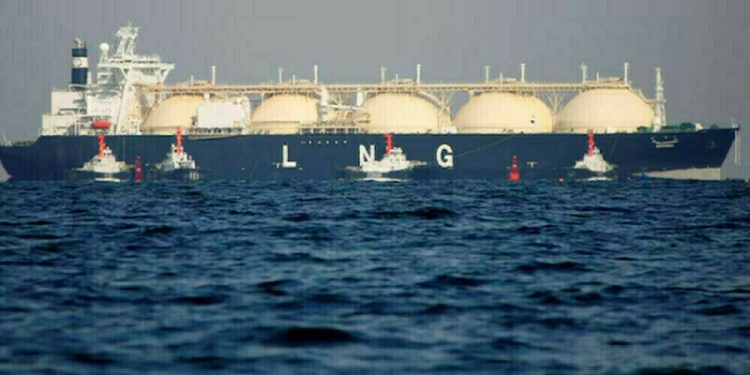Rubber’s bear market is poised to deepen as the global supply glut stretches into a fourth year and stockpiles in China swell, cutting costs for tiremakers.
Futures on the Tokyo Commodity Exchange, the international benchmark, will drop as much as 15 percent to 200 yen a kilogram ($1,956 a metric ton) in 2014 from yesterday’s settlement, according to the median of 15 estimates compiled by Bloomberg News. That’s 63 percent below the record high set in 2011.
Declining prices that erode earnings for the biggest producers including Thailand and Indonesiaadded 50 billion yen ($490 million) to Bridgestone Corp.’s operating profit in 2013, the Japanese company said this week. The world’s largest tiremaker projects a 5 billion yen benefit this year from lower prices that will also help Michelin (ML) & Cie. and Goodyear (GT) Tire and Rubber Co.
“You can’t be bullish on the outlook for this market now with huge volumes of inventory,” said Takaki Shigemoto, an analyst at Tokyo-based researcher JSC Corp., who was among a majority observers forecasting price gains in October. “Rubber reserves in China almost doubled in the past six months and rising stockpiles signal ample supply from producer nations.”
Rubber dropped into a bear market on Jan. 28 amid concern that global production was outpacing demand and as inventories in China climbed to a nine-year high.
Vehicle demand in China, the world’s largest car market and the biggest user of rubber, is slowing as anti-pollution and austerity campaigns spread.
Missing Estimates
Auto sales growth will be capped at 10 percent this year compared with 14 percent in 2013, the state-backed China Association of Automobile Manufacturers forecast. Wholesale deliveries missed analyst estimates last month, rising 7 percent to 1.8 million units, the smallest gain since sales fell in February 2013.
Rubber in Tokyo slumped 15 percent this year after a 9.3 percent decline last year. The Standard & Poor’s GSCI gauge of 24 commodities has gained 3.3 percent in 2014 and the MSCI All-Country World Index of equities lost 0.9 percent. The Bloomberg U.S. Treasury Bond Index climbed 1.7 percent.
The global surplus may be as much as 241,000 tons in 2014, extending the glut to a fourth year, the Singapore-based International Rubber Study Group forecast. It projected reserves will surge 19 percent to 2.35 million tons, the highest in at least the last 10 years. Output exceeded demand by 384,000 tons in 2013.
RCMA Commodities Asia Pte forecast reserves higher at an all-time record of 2.5 million tons.
Qingdao Warehouses
Supplies in sheds tracked by the Shanghai Futures Exchange reached 207,658 tons on Jan. 30, the highest since October 2004, while inventories in bonded warehouses in Qingdao, China’s main hub for the commodity, advanced by 20 percent to 207,500 tons on Feb. 14 from a month earlier.
Stocks monitored by the Tokyo bourse surged to 14,425 tons Jan. 31, the largest since 2001.
“Rising stockpiles in Japan and China indicate shippers are struggling to find buyers,” said JSC’s Shigemoto. “Futures will remain under pressure until inventories return to normal.”
This trend may continue through March until exports from Thailand, the top shipper, begin to decline as plantations enter a low-production period, said Gu Jiong, an analyst at Yutaka Shoji Co. in Tokyo.
Imports by China may rise 11 percent to 4.26 million tons this year, slowing from last year’s 14 percent, the Association of Natural Rubber Producing Countries said this month. Economists estimate the second-biggest economy will expand at the slowest pace in 24 years in 2014.
Bridgestone
Rubber prices may begin recovering after April if economic conditions improve, Akihiro Eto,Bridgestone (5108)’s chief financial officer, said on Feb. 18.
Photographer: Daniel Acker/Bloomberg
An employee carries tires through the service bays at a Goodyear Auto Service Center in…Read More
Net income at Bridgestone may rise to 296.3 billion yen in 2014 from 202.05 billion yen a year earlier, according to the average of 13 estimates compiled by Bloomberg.
The stock jumped 29 percent in the past 12 months. It dropped 4.3 percent yesterday as the company’s 2014 earnings forecasts were below analyst estimates.
Michelin shares climbed 26 percent in Paris over the 12 months through Feb. 18 while Goodyear surged 92 percent in the U.S.
Rubber supply will increase 3.9 percent this year to 12.1 million tons, surpassing demand of 11.9 million tons, the International Rubber Study Group estimates. The forecast assumes the global economy will meet the projections of the International Monetary Fund.
Thailand may boost production for a fourth year in 2014, adding 4.3 percent on year to 4.03 million tons as acreage expands, the Office of Agricultural Economics said on Jan. 9.
Producers Gather
Updated forecasts for the commodity may be released today and tomorrow at a conference inIndia that’s gathering representatives from the rubber associations of producer nations, researchers, traders and manufacturers.
Technically specified rubber futures settled at $1.972 a kilogram on Feb. 18 in Singapore. The contract fell to a four-year intraday low of $1.789 on Feb. 6.
Rubber free-on-board closed at 72.55 baht ($2.23) a kilogram yesterday, down 13 percent in 2014, according to the Rubber Research Institute of Thailand. On Feb. 6, it fell to the lowest since August 2009.
Eight of the 15 analysts in the Bloomberg News survey — from Tokyo, Singapore and Bangkok — were bearish on prices. Four were neutral and three were bullish. Estimates for this year’s low ranged from 180 yen to 215 yen, while projections for the high were 220 yen to 330 yen.
Source: Bloomberg


























